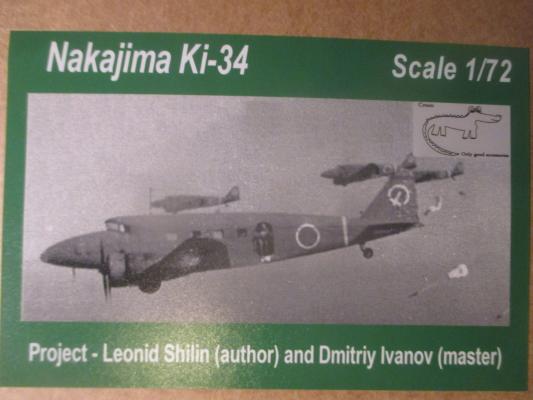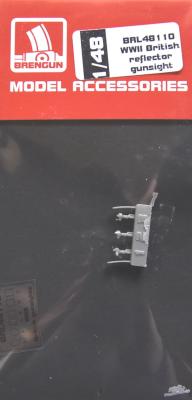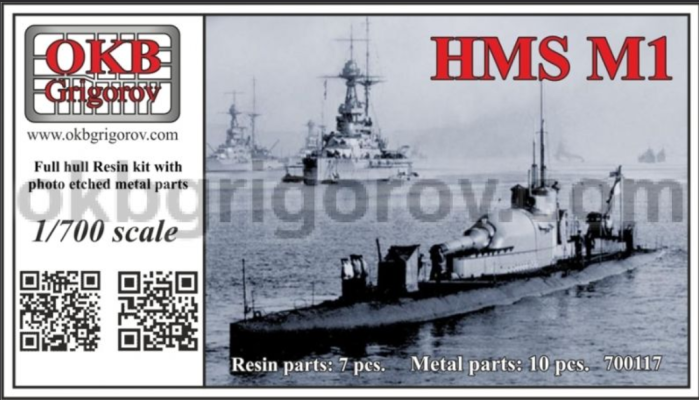History
After Nakajima obtained a production license to manufacture Douglas DC-2 airliners in 1935, the Japanese airlines decided to sponsor the development of a smaller airplane to serve routes that they perceived the DC-2 to be too large for. The result was the development of the AT-1, an eight passenger twin engine aircraft which closely resembled a scaled-down DC-2. The prototype first flew in 1936, and was of all metal construction except for the control surfaces, which were plywood. Power was originally provided by Nakajima Kotobuki 2-1 radial engines of 580 hp. with fixed pitch wooden propellers. Production models used the Kotobuki 41, rated at 710 hp, with variable pitch metal props. These were designation AT-2.















